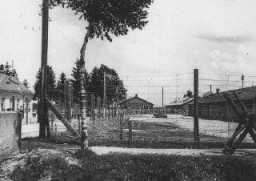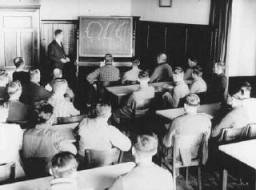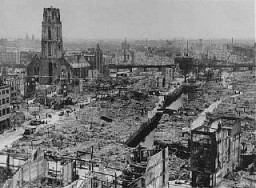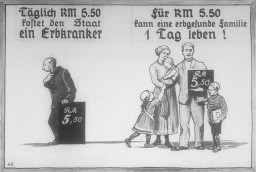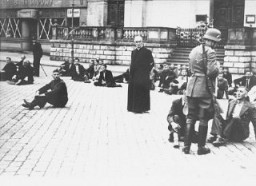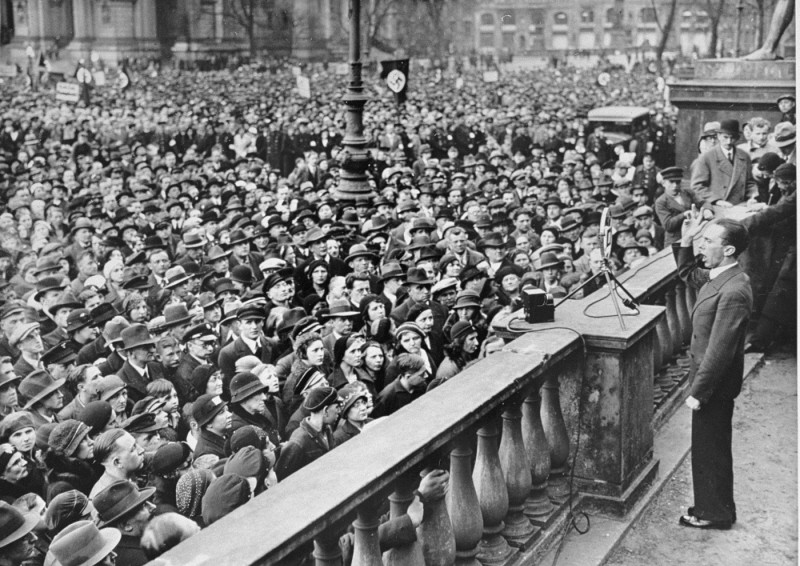
Nazi Propaganda and Censorship
The Nazis used propaganda to win the support of millions of Germans. Censorship helped to suppress ideas that the Nazis saw as threatening.
Nazi Propaganda and Censorship The Nazis wanted Germans to support the Nazi dictatorship and believe in Nazi ideas. To accomplish this goal, they tried to control forms of communication through censorship and propaganda. This included control of newspapers, magazines, books, art, theater, music, movies, and radio.
How did the Nazis use censorship?
When the Nazis came to power in 1933, the German constitution guaranteed freedom of speech and freedom of the press. Through decrees and laws, the Nazis abolished these civil rights and destroyed German democracy. Starting in 1934, it was illegal to criticize the Nazi government. Even telling a joke about Hitler was considered treachery. People in Nazi Germany could not say or write whatever they wanted.
Examples of censorship under the Nazis included:
- Closing down or taking over anti-Nazi newspapers;
- Controlling what news appeared in newspapers, on the radio, and in newsreels;
- Banning and burning books that the Nazis categorized as un-German;
- Controlling what soldiers wrote home during World War II.
How did the Nazis use propaganda?
The Nazis used propaganda to promote their ideas and beliefs. Beginning in March 1933, the regime tried to centralize its propaganda efforts in a new ministry led by Joseph Goebbels. This ministry was called the Reich Ministry of Enlightenment and Propaganda.
The Nazis used a variety of propaganda tools to spread Nazi ideas. Examples of propaganda under the Nazis included:
- Glorifying Adolf Hitler by using his image on postcards, posters, and in the press;
- Spreading negative images and ideas about Jews in magazines, films, cartoons, and other media;
- Making radios more affordable so that more Germans could listen to Nazi ideas and news;
- Broadcasting Nazi speeches on the radio and public loudspeakers;
- Organizing large and celebratory Nazi Party rallies;
- Creating groups, like the Hitler Youth and League of German Girls, that fostered Nazi ideals.
How did propaganda and censorship work together?
Textbooks are a good example of how propaganda and censorship worked together in the Nazi regime. The Nazis used both propaganda and censorship to control what students read in school. Nazi censors removed some textbooks from classrooms. New textbooks taught students to obey the Nazi Party, love Hitler, and hate Jews.
Key Dates
May 10, 1933
Nazi Book Burnings
During the spring of 1933, Nazi university student organizations, professors, and librarians put together long lists of books they think are un-German. These lists include books written by Jewish authors. They also include books by non-Jewish authors whose ideas conflict with Nazi ideals. On the night of May 10, 1933, Nazis hold book burnings. They march by torchlight in nighttime parades, sing chants, and throw books into huge bonfires. On that night more than 25,000 books are burned.
March 28, 1935
Premiere of the Propaganda Film Triumph of the Will
Leni Riefenstahl’s propaganda film Triumph of the Will premieres in Berlin. The film shows footage taken at the 1934 Nazi Party Rally at Nuremberg. The footage from the rally shows smiling children, cheering crowds, and uniformed Nazis. It features military parades and a speech by Adolf Hitler. Triumph of the Will will become one of the most infamous Nazi propaganda films.
September 1939
Banning Germans from Listening to Foreign Radio
World War II begins on September 1, 1939. Shortly afterwards, the Nazi regime makes listening to foreign radio broadcasts illegal. This is an attempt to control what information Germans hear about the war. The Nazi regime sees news and information from outside Germany as a security threat. They are worried about foreign radio broadcasts, which some Germans can access on their home radios. Later in the war, the regime even sentences people to death for listening to foreign radio stations.



